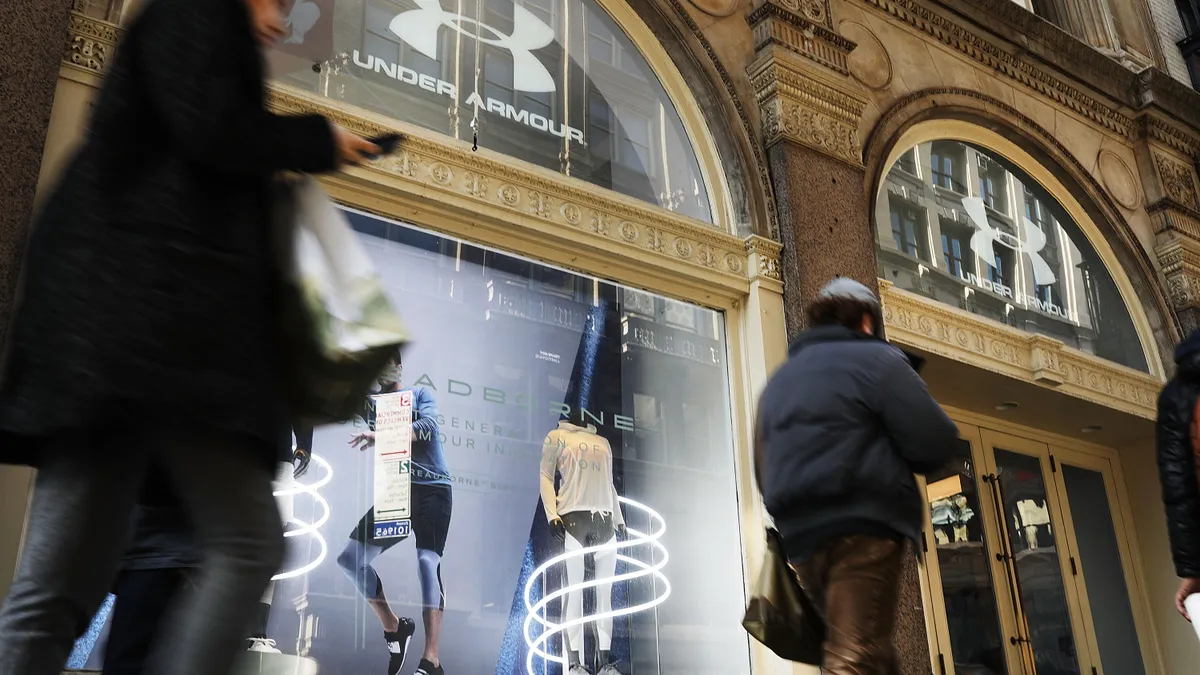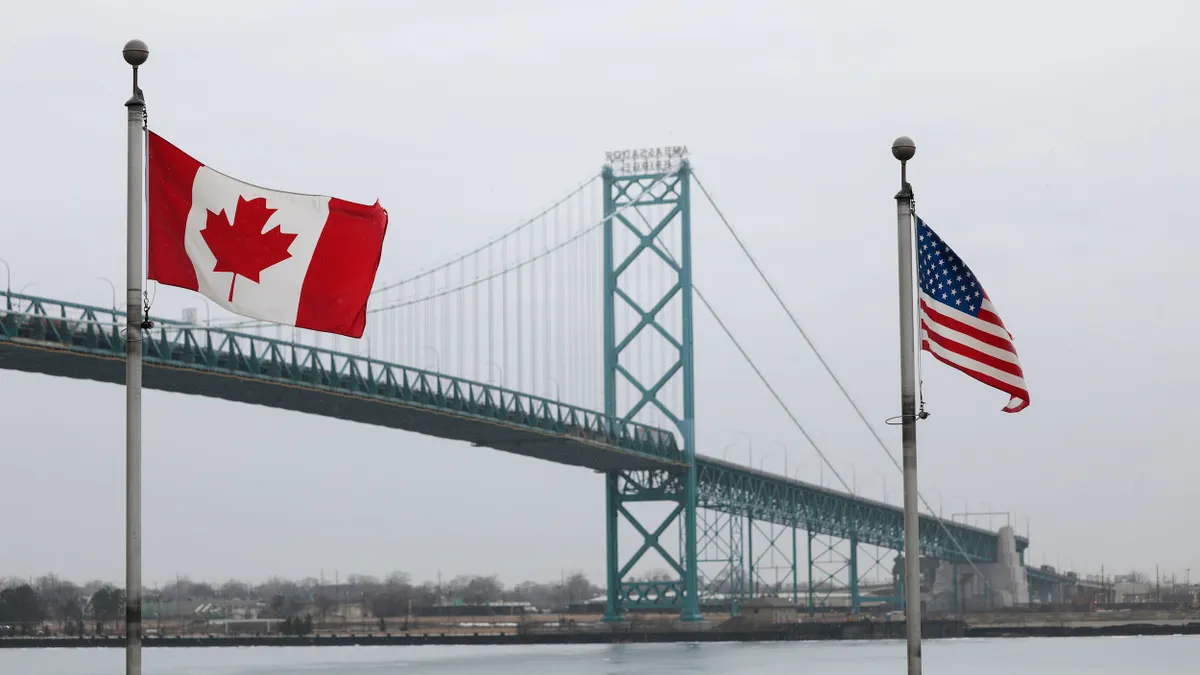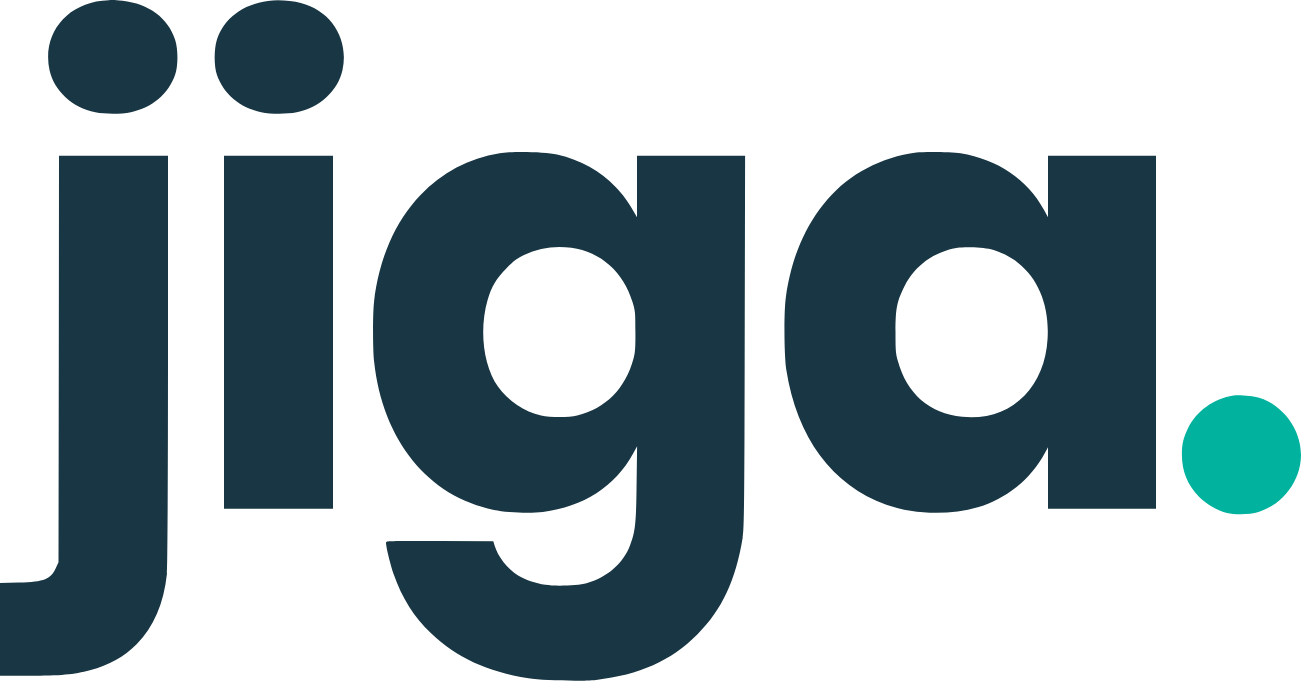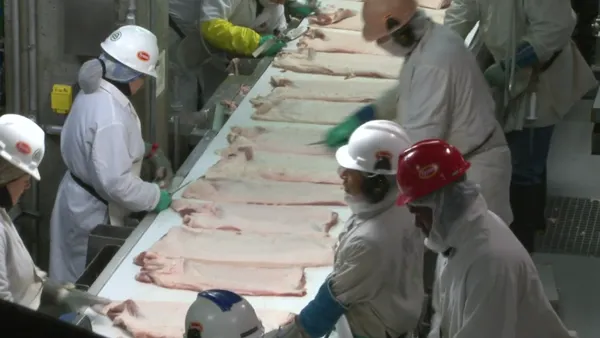Dive Brief:
- Under Armour has been diversifying its global sourcing footprint as part of its multi-pronged approach to tariff mitigation, according to a May 13 earnings call.
- The activewear brand currently sources 30% of its goods from Vietnam, 20% from Jordan and 15% from Indonesia, CFO David Bergman told analysts. The remaining third is split across several countries, each accounting for a low- to mid-single-digit percentage.
- “This deliberate diversification creates a well-balanced portfolio, reducing reliance on any single market and enhancing our ability to navigate geopolitical, costs, and supply chain complexities from a position of strength,” he said.
Dive Insight:
Despite efforts to mitigate tariff impacts, Under Armour still faces significant exposure to U.S. duties.
In April, the Trump administration outlined plans for reciprocal tariffs on multiple countries, including a 46% duty on imports from Vietnam — Under Armour’s largest sourcing country. The U.S. has since then put a 90-day pause on reciprocal tariffs, but recently signaled plans to reinstate the duties in the upcoming weeks.
Some of the other strategies Under Armour is considering include cost-sharing initiatives with its key partners and targeted price adjustments, Bergman said.
As tariffs continue to sow demand uncertainty, the activewear brand has also been “pretty tight” with managing purchase orders, the CFO told analysts.
“We do expect that wherever demand ultimately develops through the year that we'll be able to manage inventory within a pretty tight range to that,” he said, adding that a lot of the inventory is “current.”
Other brands are also opting to leverage several contingency plans over a single one. Discount retailer Dollar Tree, for instance, outlined multiple ways it is planning to buffer the impact of tariffs, including negotiating supplier cost concessions and cutting non-economical items from its inventory.
Under Armour has made efforts to reassess its supply chain beyond tariffs to help improve speed and lower costs. For instance, the sportswear brand began an overhaul last year of its distribution and logistics operations with the intention of enhancing end-to-end planning capabilities.
The company has also made disciplined strides to reduce inventory and SKUs to help drive savings and is nearing its goal of 25% SKU reduction, President and CEO Kevin Plank told analysts.
This story was first published in our Procurement Weekly newsletter. Sign up here.















